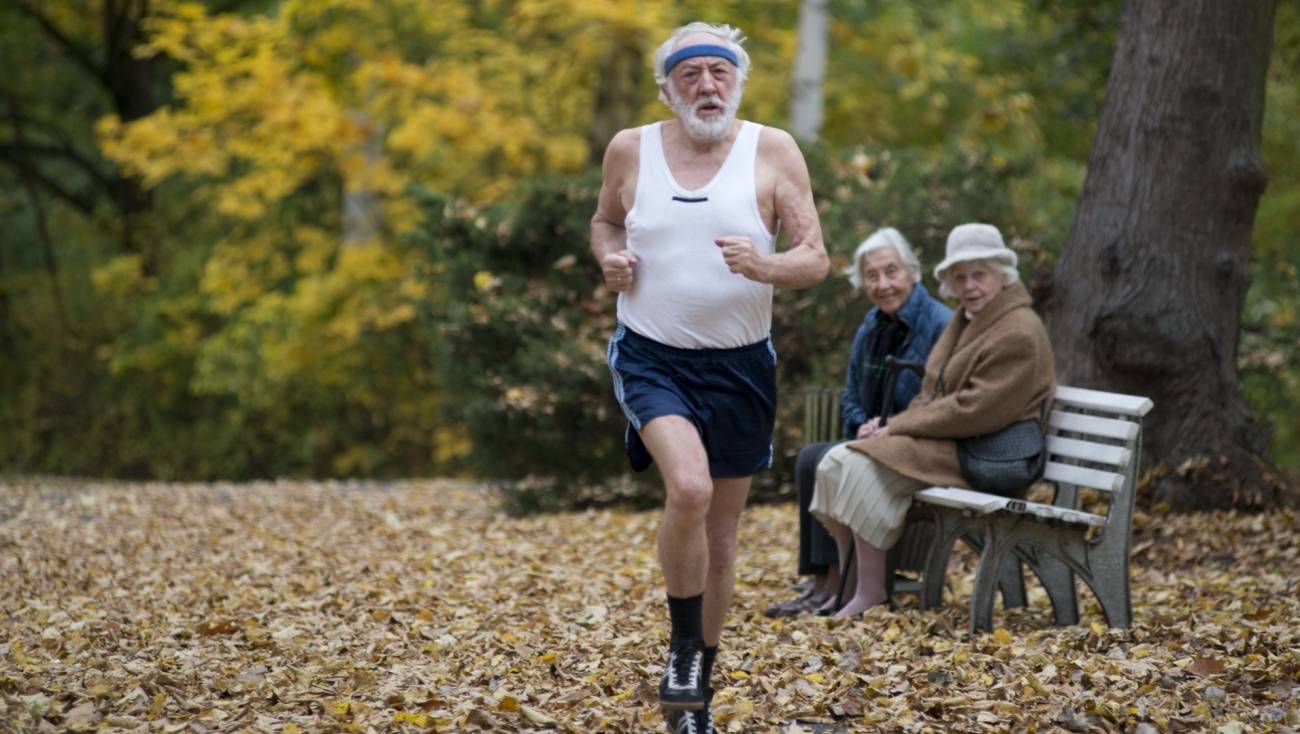As the elderly population continues to grow, hospice care plays an increasingly important role in providing comfort and support for those nearing the end of life. One crucial aspect of hospice care is helping patients maintain an active lifestyle, even in the face of physical limitations. Incorporating exercise into elderly hospice care can improve patients’ overall well-being, enhance their quality of life, and provide valuable bonding opportunities for caregivers and families. In this article, we’ll discuss various strategies to incorporate exercise into elderly hospice care, with a focus on Chicago residents and at-home hospice services like LifeChoice Home Hospice.
The Importance of Exercise for Elderly Hospice Patients
Exercise offers numerous benefits for elderly hospice patients, including:
- Improved physical health, such as increased strength, flexibility, and balance
- Enhanced emotional well-being through the release of mood-boosting endorphins
- Maintained cognitive function, potentially delaying the progression of dementia and other cognitive disorders
- Increased social interaction and bonding opportunities for patients, caregivers, and families
With these benefits in mind, it’s essential for caregivers and families to explore ways to incorporate exercise into elderly hospice care.
Strategies for Incorporating Exercise into Elderly Hospice Care
1. Consult with Healthcare Professionals
Before introducing exercise into a hospice patient’s routine, consult with their healthcare team, including their primary care physician and hospice care provider. These professionals can provide guidance on the most suitable types of exercise for the patient, taking into account their unique needs, limitations, and preferences.
2. Assess the Patient’s Abilities and Needs
Caregivers and families should work together to assess the patient’s current abilities, needs, and interests. This will help determine the most appropriate and enjoyable activities for the patient, ensuring that exercise remains a positive and beneficial experience.
3. Develop a Personalized Exercise Plan
With the patient’s abilities and needs in mind, create a personalized exercise plan that incorporates a variety of activities. Consider including:
- Gentle aerobic exercises, such as walking, seated marching, or swimming
- Strength training exercises, using light resistance bands or small hand weights
- Flexibility exercises, like stretching, yoga, or tai chi
- Balance exercises, which can be performed using a chair for support if needed
4. Ensure Proper Supervision and Safety
Safety is paramount when incorporating exercise into elderly hospice care. Make sure that patients are supervised during physical activities, and provide any necessary assistive devices, such as walkers or wheelchairs, to ensure their safety and comfort.
5. Foster a Supportive and Encouraging Environment
Creating a supportive and encouraging environment can help motivate patients to engage in exercise and make the experience more enjoyable. Encourage caregivers and family members to participate in activities with the patient, and provide positive reinforcement and encouragement throughout the process.
6. Monitor Progress and Make Adjustments as Needed
Regularly evaluate the patient’s progress and make adjustments to their exercise plan as needed. Communicate with healthcare professionals to ensure that the patient’s needs are being met and that their exercise routine remains safe and effective.
7. Utilize Community Resources
In the Chicago area, there are numerous community resources available to support elderly hospice patients and their families in incorporating exercise into their care routines. Look for local senior centers, support groups, or exercise classes tailored to the needs of seniors and hospice patients. These resources can provide valuable guidance, camaraderie, and motivation.
8. Set Realistic Goals and Expectations
When incorporating exercise into elderly hospice care, it’s important to set realistic goals and expectations. Understand that the patient’s abilities may change over time, and focus on what they can do rather than what they can’t. Celebrate small achievements and progress, and adjust goals as needed to ensure that the exercise routine remains attainable and enjoyable for the patient.
9. Encourage Social Interaction Through Group Activities
Social interaction can be a powerful motivator for elderly hospice patients. Consider organizing group activities involving other patients, caregivers, family members, or friends. Participating in group exercises, such as chair yoga, tai chi, or gentle dance classes, can provide a sense of camaraderie and belonging, making the experience more enjoyable and engaging for the patient. Additionally, group activities can provide emotional support and help patients stay connected with their loved ones and community.
LifeChoice Home Hospice: Supporting Elderly Hospice Patients and Their Families in Chicago
LifeChoice Home Hospice understands the importance of incorporating exercise into elderly hospice care and is dedicated to providing comprehensive, compassionate at-home hospice services for Chicago residents. Their team of experienced professionals works closely with patients, caregivers, and families to develop personalized care plans that include exercise and physical activities tailored to each patient’s unique needs and preferences.
By prioritizing an active lifestyle, elderly hospice patients can experience numerous benefits, including improved physical health, enhanced emotional well-being, and increased social interaction. With the right support and a personalized approach, it’s possible for hospice patients to maintain their independence, dignity, and quality of life during this critical time.
If you or a loved one requires compassionate and professional at-home hospice care in the Chicago area, LifeChoice Home Hospice is here to help. To learn more about their services or to discuss how they can support an active lifestyle for elderly hospice patients, call +1 847-777-8888 today. With their guidance, caregivers and families can successfully incorporate exercise into their loved one’s hospice care, enhancing their overall well-being and quality of life.









